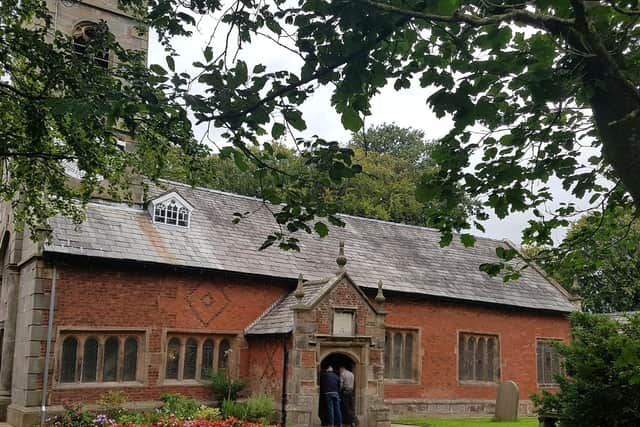"Dramatic" increase in families attending historic church means new lodge is required
and live on Freeview channel 276
Leaders of St Michael's and All Angels Church in Liverpool Old Road, Much Hoole, have had their request for permission to build a 'lodge' adjacent to the car park approved by South Ribble Borough Council.
It comes after the introduction of a new Family Church and Sunday School sessions by Rev Ann Templeman and her team resulted in a "dramatic" increase in the number of children and families attending the church on a Sunday.
Advertisement
Hide AdAdvertisement
Hide AdRev Templeman said in a letter to South Ribble Council: "This development is essential to the life of the church".


She added: "The current regular congregation of St Michael's who maintain their beautiful church with generosity and great commitment is almost entirely over 60, with the majority over 70. They are very conscious that in order to make the church sustainable beyond the next 10 years, it is vital to draw young people in."
Currently the church uses St Michael's Primary School during Sunday morning sessions, but concerns have been raised about the amount of time this takes, dangers of youngsters crossing the road, and problems with rain.
The lodge building will be 140 cubic metres in size, constructed of small brick and stone, and built in a redundant/waste area in the south west corner of the graveyard, adjacent to the car park.
Advertisement
Hide AdAdvertisement
Hide AdAlthough the area is classed at Green Belt, the application has been deemed as 'exceptional circumstances'.
Rev Templeman invisages that it will cater for children in the 3-7, 7-11 and 11-14 age groups, as well as providing a space for mid-week meetings and for other social gatherings, such as after funerals.
The church dates back to 1628 and is well known for its historical connections to Liverpudlian astronomer Jeremiah Horrocks who lived at nearby Carr House in the 17th century.
Mr Horrocks was curate of St Michaels in 1639 when he made the first scientific observation of the transit of Venus, and became the first person to demonstrate that the Moon moved around the Earth in an elliptical orbit.